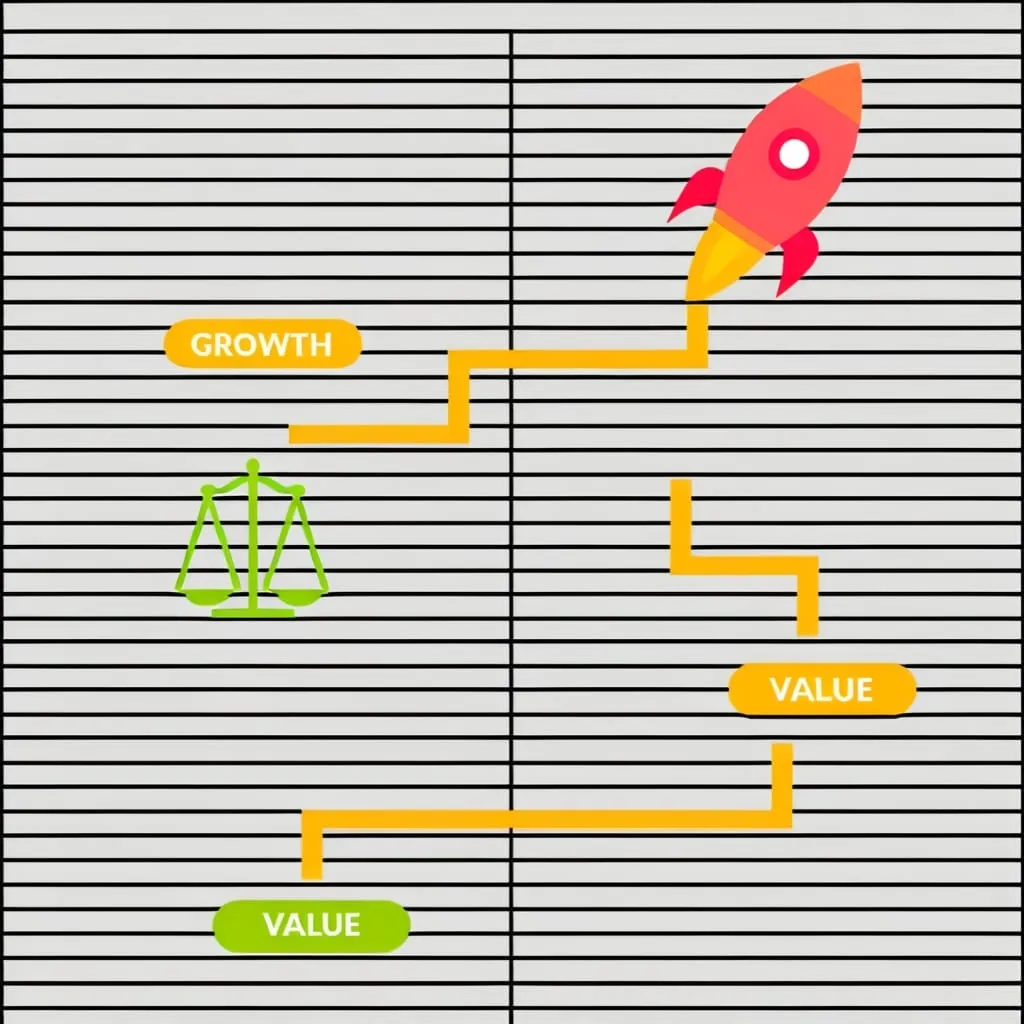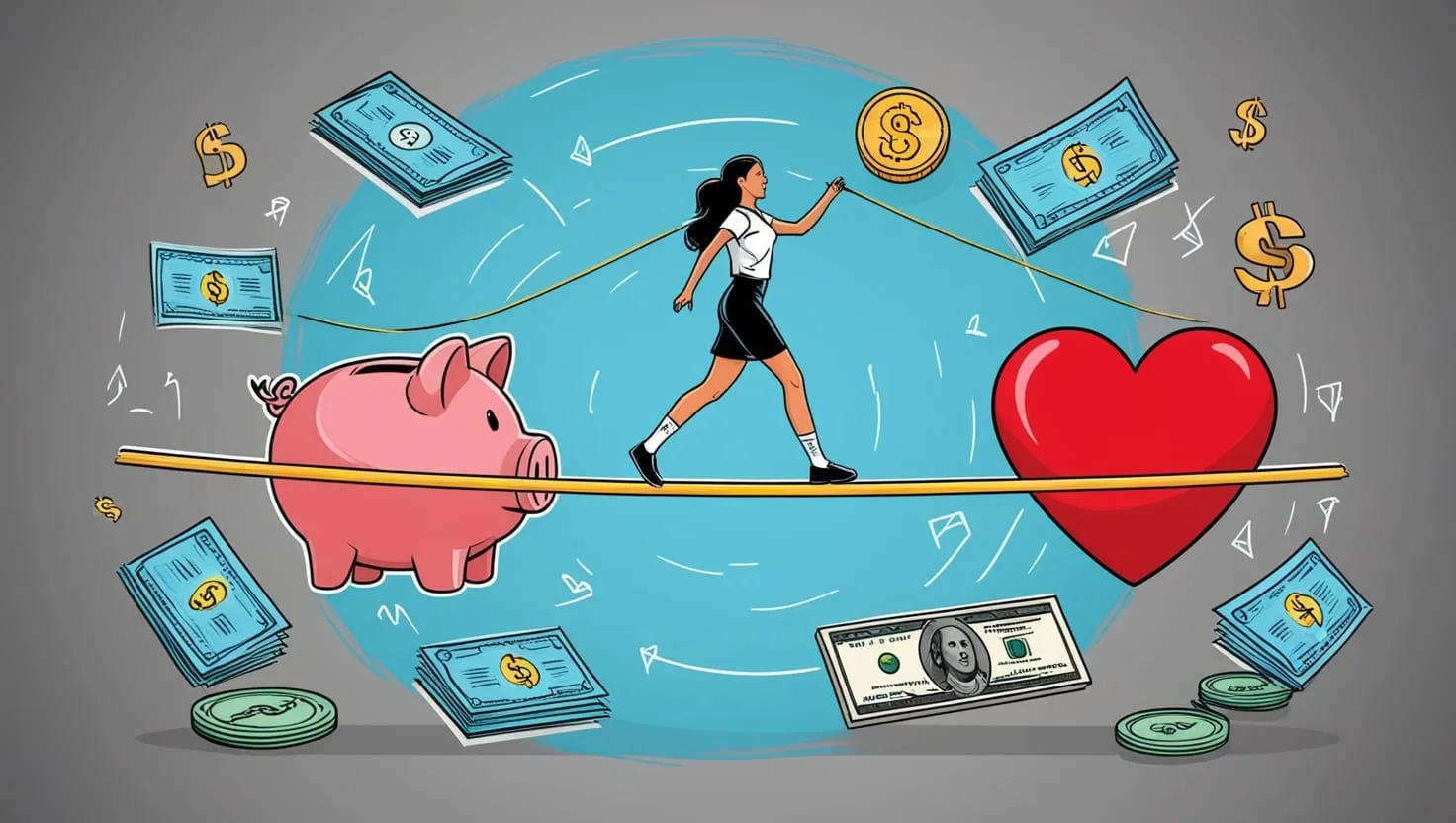Energy Scheduling: The New Frontier in Productivity
We've all been there. You've meticulously planned your day, blocking out time for each task, only to find your carefully crafted schedule falling apart by mid-morning. Welcome to the world of time blocking, a productivity technique that's starting to show its age.
Don't get me wrong, time blocking has its merits. It's great for creating structure and can work wonders for some people. But for many of us living in a world of constant interruptions and shifting priorities, it can feel like trying to fit a square peg into a round hole.
Enter energy scheduling, the cool new kid on the productivity block. It's all about working with your natural energy levels instead of against them. Think of it as surfing the waves of your productivity rather than trying to build a dam to control them.
So, how does this energy scheduling thing work? Well, it's pretty simple in theory. You start by getting to know yourself better. Spend a week or two paying attention to when you feel most alert and focused, and when you're ready to fall asleep at your desk. Once you've got a handle on your energy patterns, you can start aligning your tasks with your natural rhythms.
For instance, if you're one of those annoying morning people (I say this with love), you might want to tackle your most challenging tasks first thing. Writing that report? Crunching those numbers? Get it done while your brain is firing on all cylinders. As your energy starts to dip later in the day, you can switch to less demanding tasks like answering emails or organizing your desk.
But energy scheduling isn't just about when you do things. It's also about what you do. Try categorizing your tasks based on the type of work they require. You've got your deep work tasks - the ones that need serious focus and brainpower. Then there are your quick tasks - the little things you can knock out in a few minutes. And don't forget about your communication tasks - calls, meetings, and the like.
By matching these task types with your energy levels, you can make sure you're always working at your best. It's like being your own personal productivity DJ, mixing and matching tasks to create the perfect workflow.
Now, I know what you're thinking. "But what about distractions? My phone is always buzzing, and my cat thinks my keyboard is the perfect nap spot!" Fair point. Minimizing distractions is crucial for making energy scheduling work. During your high-energy periods, try turning off notifications, closing unnecessary tabs, and finding a quiet spot to work. Your cat might not approve, but your productivity will thank you.
One of the best things about energy scheduling is its flexibility. Unlike time blocking, which can feel like a straightjacket if things don't go according to plan, energy scheduling is all about rolling with the punches. Got an unexpected meeting? No problem. Just reassess your energy levels and adjust your tasks accordingly. It's like having a productivity GPS that recalculates your route when you take a detour.
But here's the real secret sauce of energy scheduling: it recognizes the importance of downtime. We're not machines, and trying to work non-stop is a one-way ticket to Burnout City. That's why it's crucial to schedule breaks and relaxation time. Whether it's a quick walk around the block, a power nap, or just staring out the window for a few minutes, these breaks are essential for recharging your batteries.
Let's look at a real-life example to see how this might work. Meet Sarah, a freelance graphic designer with two kids and a penchant for late-night Netflix binges. She's tried time blocking before, but it always falls apart when her kids need attention or a client calls with an urgent request.
Sarah decides to give energy scheduling a try. She notices that she's most creative in the late morning and early afternoon, so she schedules her design work for those times. She uses her early morning hours for admin tasks and email, knowing her brain isn't quite awake enough for creative work yet. In the late afternoon, when her energy starts to dip, she schedules client calls and meetings. This way, the interaction keeps her engaged even when her creative juices aren't flowing as freely.
She also makes sure to schedule breaks throughout the day. A quick yoga session in the morning, lunch with her kids, and a short walk in the afternoon help her recharge and stay focused. And by aligning her work with her energy levels, she finds she's more productive overall, even with the occasional interruption.
Now, energy scheduling isn't without its challenges. One common pitfall is being too rigid. Remember, this isn't about creating a new inflexible schedule. It's a guide, not a prison sentence. If you're not feeling it one day, it's okay to switch things up.
Another challenge is misreading your energy levels. It can take some time to really understand your natural rhythms. You might think you're a night owl, only to realize that your late-night productivity is more about procrastination than peak performance. Be patient with yourself and be willing to adjust as you learn.
Energy scheduling can also play well with other productivity techniques. For instance, you might combine it with task batching, grouping similar tasks together to reduce the mental load of context switching. Or you could use the Pomodoro Technique during your high-energy periods for maximum focus.
The beauty of energy scheduling is that it's highly personalized. What works for one person might not work for another. Maybe you're at your best first thing in the morning, or perhaps you hit your stride in the afternoon. The key is to experiment and find what works for you.
In a world where we're constantly bombarded with notifications, emails, and demands on our time, energy scheduling offers a way to take back control. It's about working smarter, not harder. By aligning your tasks with your natural energy levels, you can boost your productivity without burning yourself out.
So, next time you sit down to plan your day, try thinking about your energy levels instead of just the clock. You might be surprised at how much more you can accomplish when you're working with your body's natural rhythms rather than against them.
Remember, productivity isn't about squeezing every last drop out of yourself. It's about finding a sustainable way to do your best work. And energy scheduling might just be the key to unlocking your full potential. Give it a try - your future, energized self will thank you.






